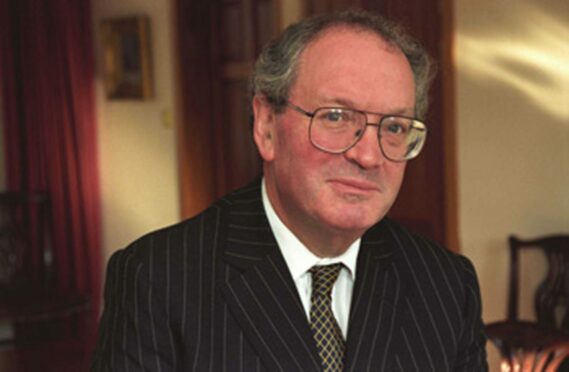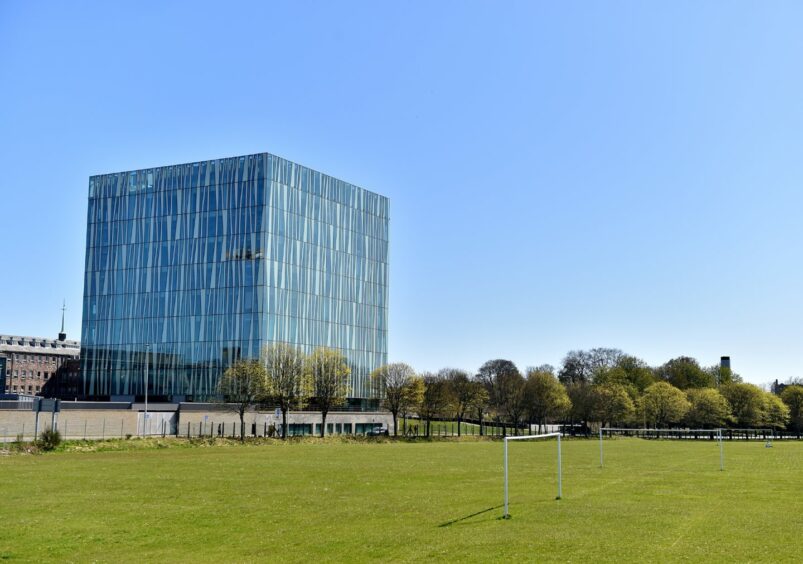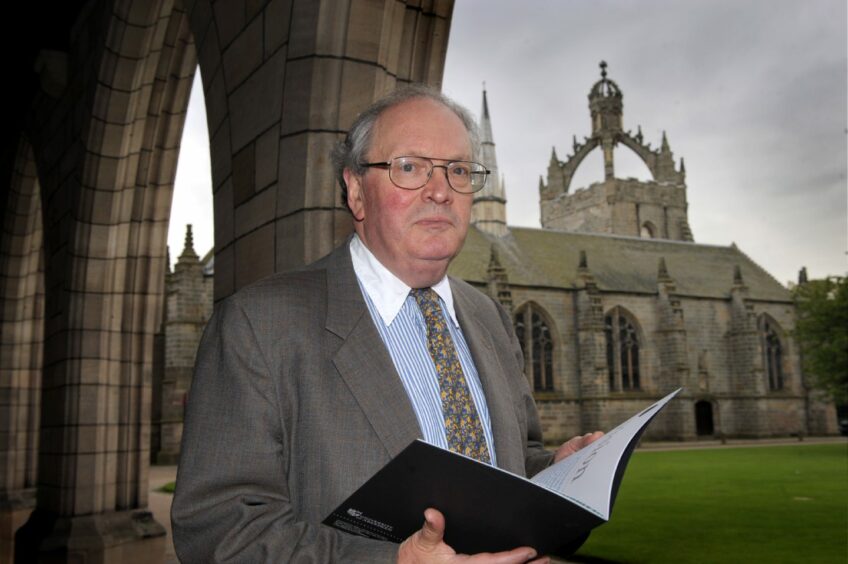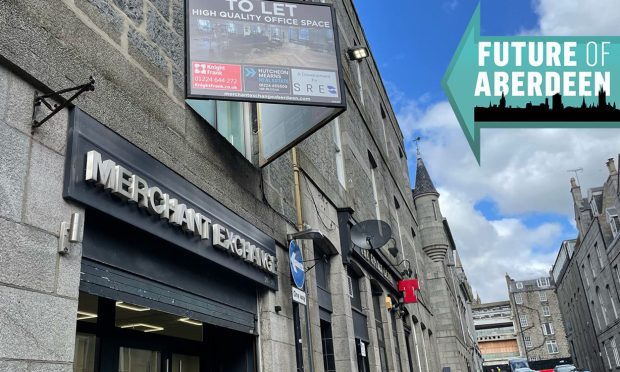Tributes have been paid to “the quiet revolutionary” of Scottish higher education who has died aged 79.
Former University of Aberdeen principal Professor Sir Charles Duncan Rice led the university from 1996 to 2010 and is described as a champion of philanthropy in the higher education sector.
Professor Sir Duncan Rice, who died on Thursday, spearheaded a philanthropic fundraising campaign at the university, the flagship of which was the £57 million state-of-the-art library named in his honour.
‘His legacy at the university will continue to live on’
He began his career in Aberdeen and worked at universities in the United States where he was involved in higher education fundraising campaigns before returning to a role at his alma mater in 1996.
Professor George Boyne, principal and vice-chancellor of the university, said: “Professor Sir Duncan Rice drew attention to this country’s distinguished and long-standing tradition of philanthropy for education and re-asserted its importance for universities today.
“His passion for building a British culture of giving in support of higher education had benefits well beyond Aberdeen and earned him a reputation as ‘the quiet revolutionary’ of Scottish higher education.
“At the time he launched the Sixth Century Fundraising Campaign, many thought that campaigns of the scale he announced for Aberdeen were impossible outside Oxford and Cambridge.
“Yet the steady commitment and achievement of Aberdeen’s programme since then has helped encourage a wide range of British universities to follow this example.”
He added: “His legacy at the university will continue to live on not least through our Sir Duncan Rice Library which bears his name in tribute.
“Professor Sir Duncan Rice’s commitment to international outlook and excellence on the global stage, together with his enthusiasm for extending the university’s cultural role in the community continue to have a positive impact today.”
Born in Aberdeen
Professor Sir Duncan Rice was born in Aberdeen and took a first degree in history at the University of Aberdeen in 1964.
He began his professional career in the city as a lecturer in history from 1966 to 1969 before moving to the United States to take up a professorship at Yale University.
He later moved to Hamilton College and then New York University where he was first a dean of faculty before being promoted to vice-chancellor in 1991.
He continued in this role until 1996 when he returned to his alma mater to become principal and vice-chancellor at the University of Aberdeen.
While at New York University he played an important role in one of the most successful US higher education fundraising campaigns, which raised more than one billion US dollars in 10 years.
The University of Aberdeen said that during his tenure at Aberdeen, student numbers, including the proportion of international students, grew substantially, and the university rose in international league tables.
Professor Sir Duncan Rice recognised the importance of partnerships with other global universities, investment in research through the Sixth Century appointments, and spearheaded a reform of the Aberdeen curriculum as part of his commitment to raise the university’s ambition to strive for excellence on the international stage.
He was knighted in 2009 in recognition of his wide-ranging contributions to the sector.












